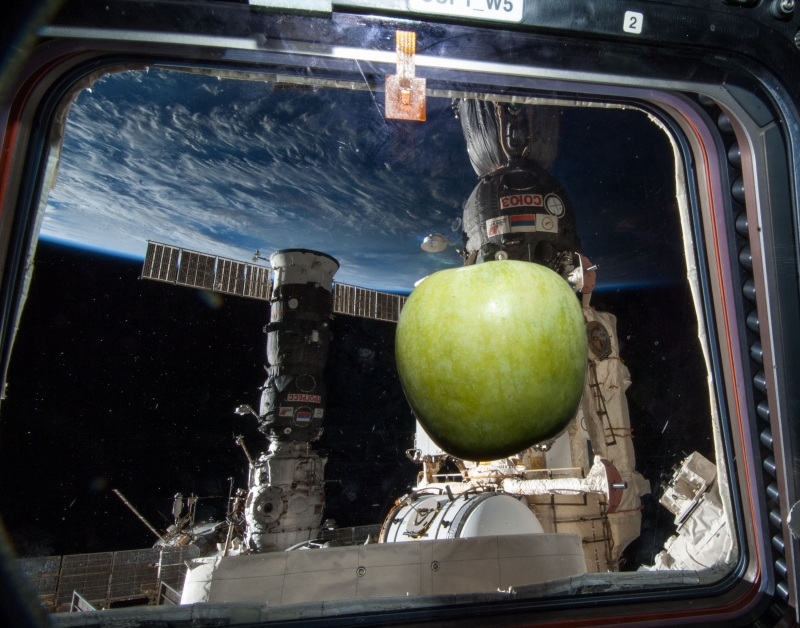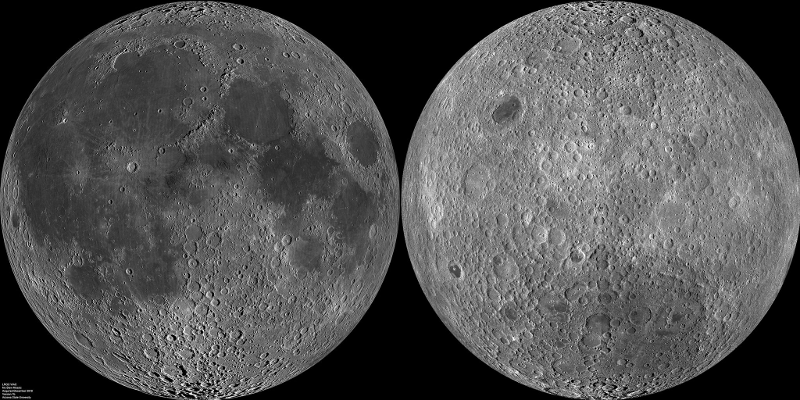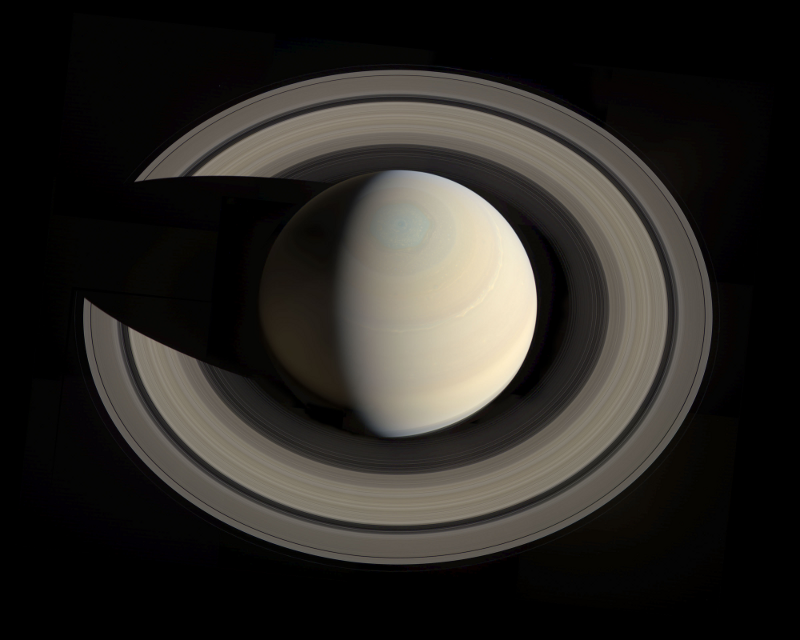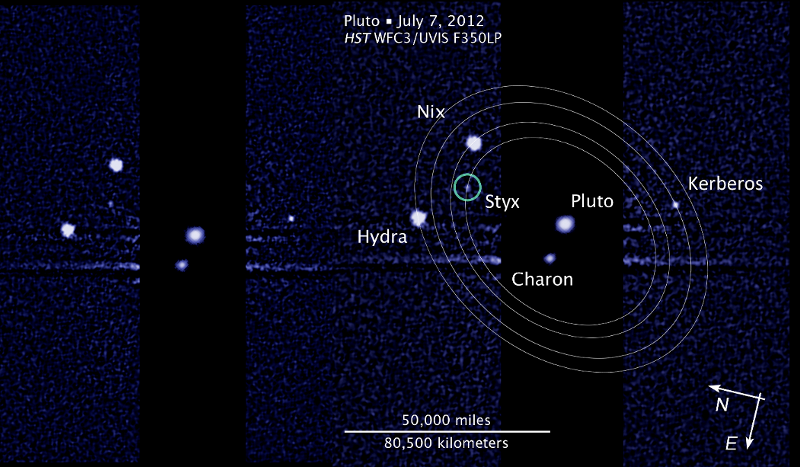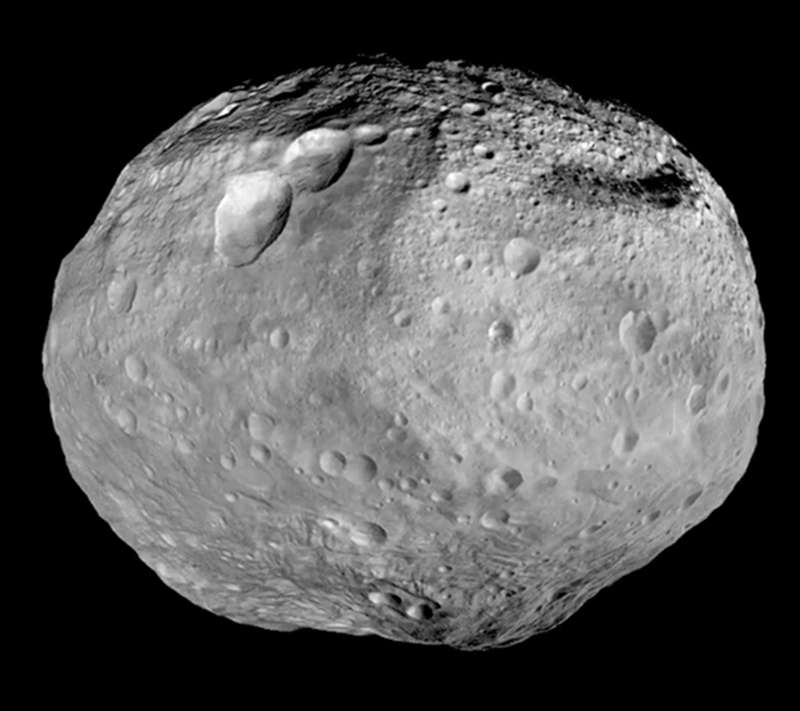Where are they now?
An update on the space probes that are exploring our solar system.
Mercury
Mercury from Messenger
The Messenger mission to Mercury has been in orbit around it since 2011. It completed its primary mission of mapping the entire surface of the planet and is on an extended mission continue imaging, probably for another year.
Venus
Venus from Magellan and Venus Express
The Magellan spacecraft to Venus was launched in 1989. It was primarily used to map the surface of Venus using radar to penetrate through the dense clouds. Magellan was intentionally sent in to burn up in Venus' atmosphere in 1994.
Venus Express, launched by the European Space Agency, has been in orbit around the planet since 2006, studying the dynamics of its atmosphere and climate, providing data that will help us understand climate change on Earth.
Earth
Earth from ISS
Earth is surrounded by numerous artificial satellites used for communications, and studies of its surface and atmosphere. There is a good website on Wikipedia with links to pages about them. The weather satellites are operated by many different countries and institutions, and the Space Science and Engineering Center at the University of Wisconsin has a website that gives you immediate access to many of them.
You can see the International Space Station when it passes overhead. It is our only manned outpost in space, and is used for low gravity research and for manned observations of Earth. The ISS is funded by the US and other governments for operation until 2024. Crews are taken to it by the Russian Soyuz spacecraft for 6-month stays. Private cargo spacecraft have recently been allowed to dock with ISS, and may eventually also provide transportation for humans.
Moon
Moon from LRO
The Lunar Reconnaissance Orbiter is currently orbiting the Moon from pole to pole, mapping from a very low orbit only 50 km off the surface. It went into lunar orbit in 2009 and its mission should continue at least until 2015.
NASA also recently operated "LADEE", the Lunar Atmosphere and Dust Environment Explorer mission to the Moon. It was planned as a short duration (100 days for science) mission designed to find out about the dust that is near the Moon's surface. When that phase was over in April 2014, the mission controllers sent the spacecraft to impact on the Moon on or around April 21, 2014.
China landed the Jade Rabbit rover on the Moon's surface in December 2013. It briefly explored the area around its landing site, but it did not survive the cold lunar night that followed.
Mars
Mars at Gale Crater from Curiosity
Mars has been extensively explored with spacecraft, although many others did not survive the journey. A complete list of missions to Mars is available on Wikipedia.
NASA's Mars Exploration Rovers Spirit and Opportunity were launched in 2003 and landed in 2004. Spirit got stuck in the Martian soil in 2009 and it operated as a stationary lab until communication with it was lost in 2010. Opportunity continues to search for evidence of life.
Mars Reconnaissance Orbiter went into orbit around Mars in 2006 and continues to return images as it looks evidence of water and studies the history of Mars surface. It uses cameras and radar to study the landforms, polar caps, and atmosphere of the planet.
Mars Science Laboratory made an accurate landing on Mars in August 2012, and its Curiosity rover has been exploring Gale crater since then.
The European Space Agency operates Mars Express also in orbit around Mars since 2003, mapping its surface and studying its atmosphere. Mars Express made a flyby of Phobos in December 2013.
NASA's MAVEN mission intended to study the planet's atmosphere is currently en route to arrive at Mars in September 2014.
Jupiter
Jupiter from Cassini
There are currently no spacecraft at Jupiter. The last one was NASA's Galileo which was launched in 1989 and operated until 2003 when it was intentionally sent into Jupiter's atmosphere. Cassini also took data and images on Jupiter when it was on its way to Saturn.
NASA's Juno is en route. It was launched in 2011 and will arrive in 2016 after a 5-year cruise. It will be in a polar orbit, giving a unique view of Jupiter's atmosphere, and providing data on its magnetic field and the radiation environment.
Saturn
Saturn mosaic from Cassini
ESA and NASA jointly operate the Cassini mission to Saturn which included the Huygens probe that landed on its satellite Titan. The Cassini spacecraft, which left for Saturn in 1997 and went into orbit in 2004, is expected to continue to operate until 2017.
Pluto
Pluto from HST
There are no spacecraft at Pluto now and none have visited it yet. However the NASA New Horizons spacecraft is en route and projected to arrive in 2015.
Asteroids and Comets
Vesta from Dawn
NASA's Dawn Mission is on a journey to look at the origin of the solar system by exploring its minor bodies. Dawn visited Vesta in 2011 and is now on a path to arrive at Ceres, the closest dwarf planet and the largest asteroid, in March 2015.
ESA has Rosetta, a spacecraft launched in 2004 that has made flybys of asteroids and is on its way to look at a comet. When it reaches Churyumov–Gerasimenko in August 2014 it will slow down and enter an orbit around the comet. In November a lander will be fired to attach onto the comet, and for the first time we will have instruments that can drill and sample cometary material while a nearby spacecraft monitors the cometary gases and dust. The most recent discovery is that the comet has a twin nucleus, which complicates plans on how to place the lander on its surface.


